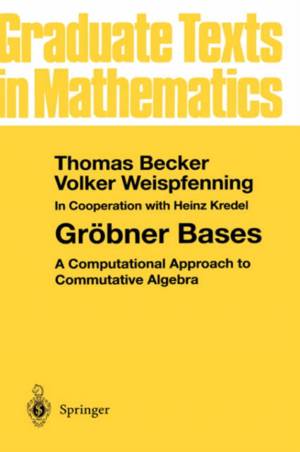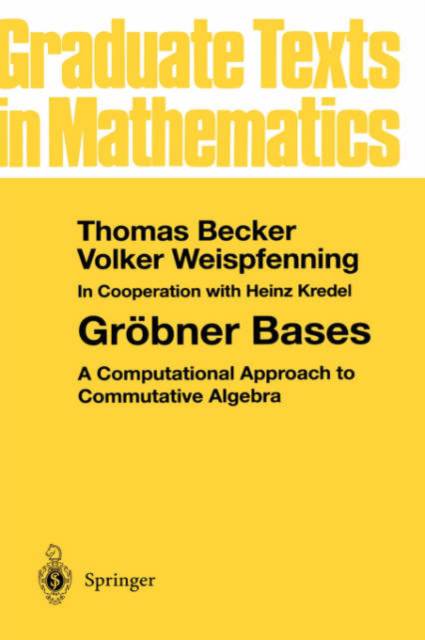
- Retrait gratuit dans votre magasin Club
- 7.000.000 titres dans notre catalogue
- Payer en toute sécurité
- Toujours un magasin près de chez vous
- Retrait gratuit dans votre magasin Club
- 7.000.0000 titres dans notre catalogue
- Payer en toute sécurité
- Toujours un magasin près de chez vous
111,95 €
+ 223 points
Format
Description
This book provides a comprehensive treatment of Gr bner bases theory embedded in an introduction to commutative algebra from a computational point of view. The book explains how the Buchberger algorithm and the theory surrounding it are eminently important both for the mathematical theory and for computational applications. A number of results such as optimized version of the Buchberger algorithm are presented in textbook format for the first time.
Spécifications
Parties prenantes
- Auteur(s) :
- Editeur:
Contenu
- Nombre de pages :
- 576
- Langue:
- Anglais
- Collection :
- Tome:
- n° 141
Caractéristiques
- EAN:
- 9780387979717
- Date de parution :
- 08-04-93
- Format:
- Livre relié
- Format numérique:
- Genaaid
- Dimensions :
- 164 mm x 242 mm
- Poids :
- 952 g

Les avis
Nous publions uniquement les avis qui respectent les conditions requises. Consultez nos conditions pour les avis.






